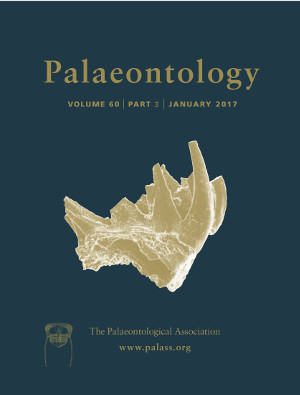Reg. Charity No. 1168330

The enigmatic fissure deposits of south‐western England and southern Wales are famous for their unique assemblage of Late Triassic vertebrates, although their age is contentious. While recent studies of palynomorphs have dated some as Rhaetian, their conchostracan (Crustacea, Branchiopoda) assemblages have not been described in detail nor used in biostratigraphy. We find that species determination of British Late Triassic conchostracans requires detailed observations of size, shape and ornamentation. We provide evidence that although Euestheria brodieana is invariably smaller than E. minuta, with some slight differences in carapace ornamentation, the traditional view that they are very similar is upheld. The use of conchostracans as a biostratigraphical tool is here tested by application to the British Triassic fissures at Cromhall quarry where the usual stratigraphical evidence provided by superposition is absent. We find no distinction between conchostracans from bedded Rhaetian deposits of the UK and specimens collected from the fissure deposits of Cromhall Quarry, Gloucestershire, supporting a late Rhaetian age for these deposits.